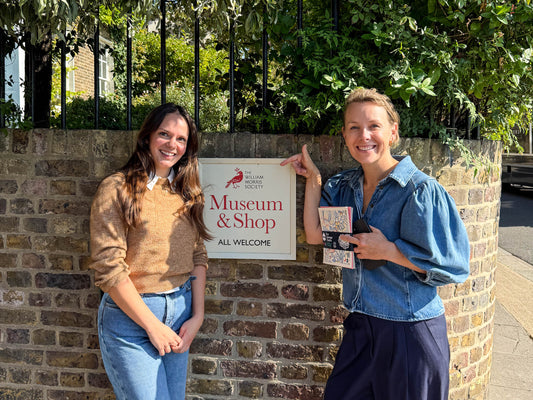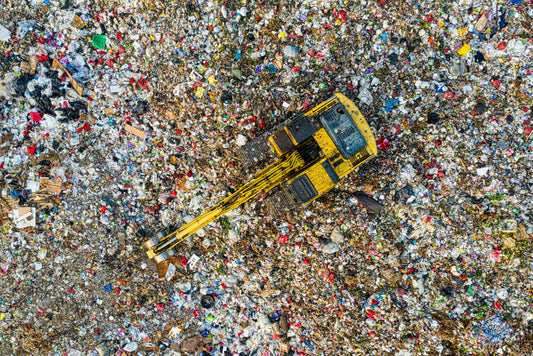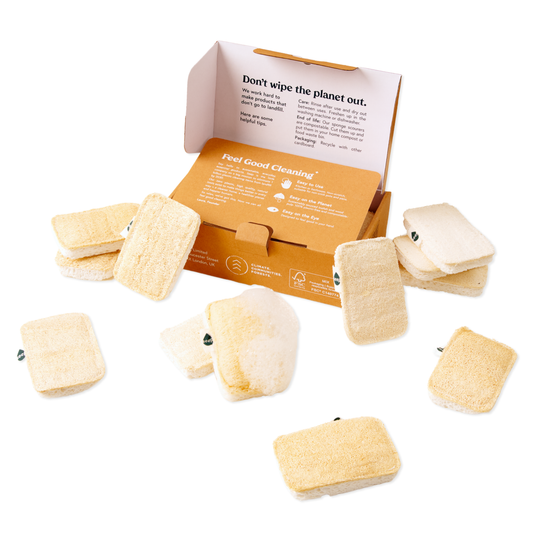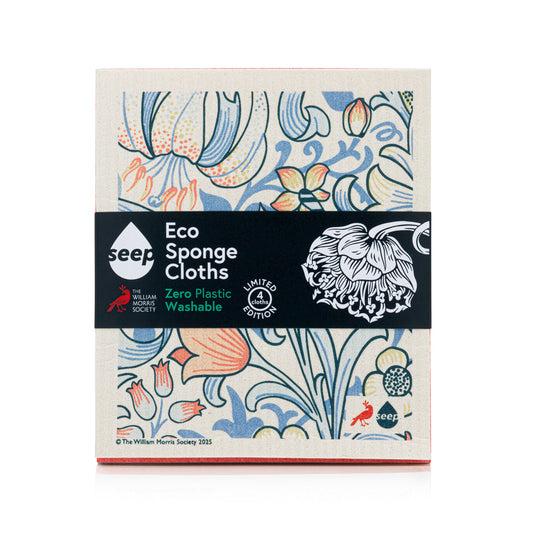
We’ve all heard someone say "it’s probably just going to landfill", but here’s the surprise: it usually doesn’t.
In England, landfill now accounts for only 5% of household waste, a dramatic drop from the days when almost everything ended up in a hole in the ground.
Before we break out the confetti, this is the current reality according do Defra data:
- ~44% is recycled
- ~50% is burned in incinerators
- ~5% goes to landfill
Even though landfill is shrinking, it doesn't necessarily mean things are improving. Most of our rubbish is now going up in smoke as “clean” energy instead.
The hidden trouble with plastics and food
If you dig deeper into the stats, the waste issue looks even worse when it comes to plastics and food, two of the trickiest items hiding in our bins.
Plastic packaging
According to the latest UK’s biggest household waste survey, The Big Plastic Count, UK households throw away 1.7 billion pieces every week, which is about 90 billion pieces a year. Of that staggering load, this is the breakdown:

While overall household recycling hovers around 44%, plastics tell a different, and bleaker, story. The majority of plastic waste is either burned, shipped away or buried, not recycled.
Food waste
The next challenge in household waste is what’s on our plates. UK households toss out around 6 million tonnes of food and drink every year, worth a huge £17 billion, which is about £1,000 per family of four. Instead of composting or anaerobic digestion, about 83% is still incinerated or landfilled, sending more greenhouse gases into the air.
Plastics and food are where the UK’s waste challenge is most urgent, and where we have the most opportunity to make a real dent.
What’s the government doing?
It’s not all bleak. Recycling rates vary massively between councils, from below 20% in some urban boroughs to above 60% in rural districts. These gaps are often down to things like housing density, infrastructure, and how clearly rules are communicated.
To close that gap, the government has set some pretty brave national goals:
- From 2026, “Simpler Recycling” in England: weekly food waste bins, consistent rules across councils, and plastic film collection by 2027
- By 2030, food waste must not go to landfill
- By 2035, 65% of household waste recycled, landfill capped at 10%
These are bold plans (and some of these deadlines are looking seriously shaky!), but these policies only work when communities and councils push them forward, and this is where you can make a difference.
3 things you can do
These actionable steps can make a significant difference at scale.
-
Count your plastic
Register for the next The Big Plastic Count (happening in 2026) to understand how much plastic packaging ends up in your bin each week. You can even do an unofficial one while you wait and read this blog for some easy swaps to reduce you household plastic waste. -
Slash your food waste
Use WRAP’s Love Food Hate Waste tools to track your bin habits. Your wallet (and the planet) will thank you. -
Demand better services
Ask your councillor or MP “How are you preparing for the 2026 recycling reforms?” and “What’s your council’s recycling rate, and how can residents help improve it?”
Landfill may no longer be the villain, but we’ve replaced it with incinerators, exports, and wasted food, especially when it comes to plastic and leftovers.
This Zero Waste Week, let’s ditch the landfill myth and focus on cutting waste where there are already solutions. Together, we can push our councils and communities to do better.






